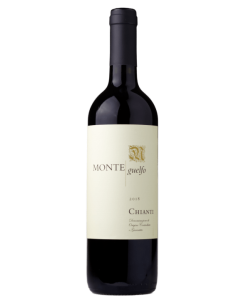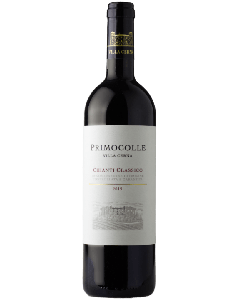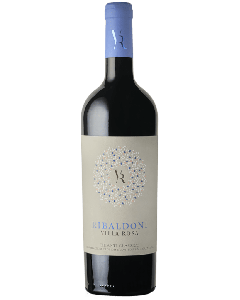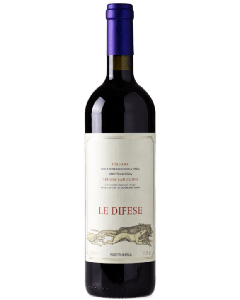We use cookies to make your experience better. To comply with the new e-Privacy directive, we need to ask for your consent to set the cookies. Learn more.
Castello di Ama 2019 L'Apparita
"The 2019 L'Apparita is incredibly powerful in this vintage. Huge searing tannins wrap around a core of dark-fleshed fruit. Incense, tobacco, chocolate, mocha, lavender and spice open, but only reluctantly. Whereas most 2019s in the Ama range are quite inviting at this stage, L'Apparita is a wine for the cellar. In other words, the 2019 is a tight, backward Apparita that demands patience." Antonio Galloni, Vinous.com, 98+ Pts
This Month's Mixed Cases










The Region

Tuscany
Tuscany is the region of Italy that most fine wine drinkers gravitate towards. It occupies much of Central Italy with a Tyrrhenian coast to the west and the Apennines to the east; it has both Mediterranean and continental climates.
The story of Tuscany begins with its significant black variety, Sangiovese, one of the most planted varieties in Italy, but here is its ancestral and spiritual home. Sangiovese makes up most of the blend of Chianti, Vino Nobile di Montepulciano, other DOC/Gs, and 100% of Brunello & Rosso di Montalcino.
Chianti Classico is the region between Florence and Siena and has been systematically polluted with foreign varieties such as Cabernet, Syrah and, God forbid, Merlot.
Now, we are seeing a return to more traditional blends as producers gradually move away from the Super Tuscan movement of the 1980s and 1990s.
In Montalcino, where only Sangiovese is permitted, producers have also shunned the illicit use of foreign varieties, and the wines have never been better. It was helped out by a good run of vintages, as well.
Elsewhere, there are still gems to discover. San Gimignano is home to the only major DOCG for white wines. Yet, the planting of its traditional variety, Vernaccia di San Gimignano, is on the wane, but not at the best producers who still champion this variety.
The Tuscan Coast is still the hotbed for innovation; unlike other bits of Tuscany, the international varieties thrive and make the best wines, with the occasional exception.

Collections

Super Tuscans
Super Tuscan is a term used to describe a category of Italian wines produced in the various DOC/Gs of Tuscany, which do not adhere to traditional winemaking regulations.
Historically, Tuscan wines were made using specific grape varieties, and winemakers were required to follow certain production techniques. Most egregiously, producers in Chianti, until 1992, were mandated to add Trebbiano Toscano, wine from white grapes, to their wine if they wanted to label it as such. However, in the 1960s and 70s, some maverick winemakers began experimenting with international/French grape varieties with non-traditional winemaking methods to create high-quality wines that didn't fit with the destructive regulations.
These innovative wines were initially rejected by the regulatory system, which only recognised traditional varieties and production methods. As a result, these wines were classified as table wines, and labeled as vino da tavola (table wine) rather than the more prestigious DOC or DOCG status: the term 'Super Tuscans' was born.
The movement's figurehead was the pioneering Mario Incisa della Rocchetta, owner of Tenuta San Guido and his wine Sassicaia, first made in the fifties, with its first commercial vintage being 1968. The wine came to fame in the 1980s and its fame and prestige fuelled the entire movement.
Today many of the wines have come back into into the DOC/G fold, Sassicaia itself obtaining DOC status in 1994
The Producer

Castello di Ama
Castello di Ama was founded in the 1970s by a group of four friends in Lecchi in Chianti, amongst the region's highest altitude vineyards.
The estate is now run by Lorenza Sebasti, the daughter of one of the four founders, and her long-time winemaker / collaborator Marco Pallanti: the latter a protégée of Patrick Leon, the former regisseur at Mouton Rothschild.
The winery came to international attention with the release of their 1985 Vigna L'Apparita, a single vineyard, Super-Tuscan Merlot, that beat Petrus and other fine Pomerols in a landmark blind tasting in Switzerland. Since then the winery has put greater emphasis on their single vineyard, Gran Selezione Chianti Classicos: Bellavista and La Casuccia, which are amongst the greatest expressions of Sangiovese.













